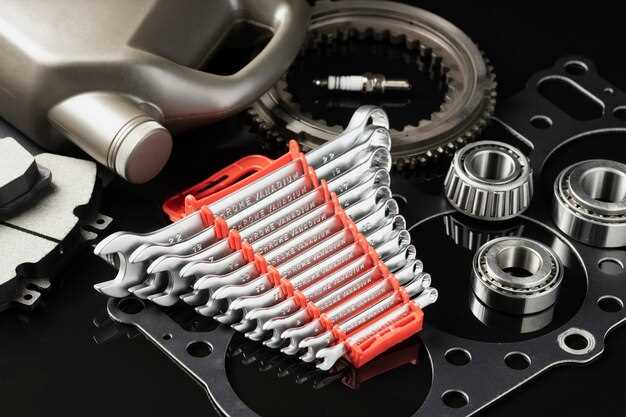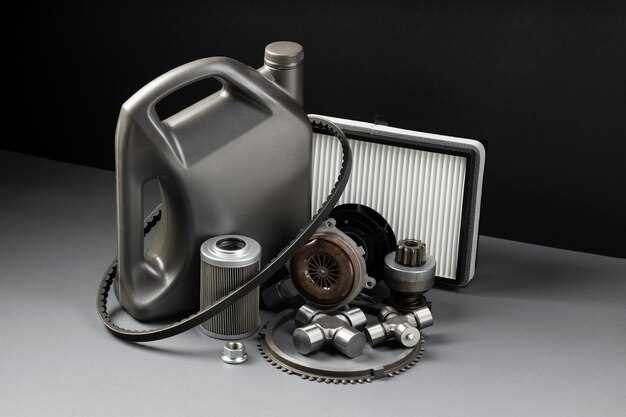
When it comes to building a high-performance vehicle, the importance of a reliable car battery cannot be overstated. A top-quality battery not only powers crucial electronic systems but also provides the necessary energy for high-demand components, ensuring that your vehicle operates at peak performance. Selecting the right battery brand can significantly impact your build’s reliability and efficiency.
Numerous brands on the market claim to offer superior performance, but knowing which ones truly stand out is essential for enthusiasts and professionals alike. Factors such as battery chemistry, capacity, cold cranking amps (CCA), and overall longevity play pivotal roles in determining the right battery for your performance-oriented applications. Choosing a reputable brand can be the difference between a smooth drive and unexpected breakdowns.
In this article, we will delve into the top car battery brands that have established themselves as leaders in the high-performance segment. We will examine their unique features, strengths, and why they are trusted by car enthusiasts around the world. Whether you are racing at the track or cruising in a modified street vehicle, these brands provide the reliability and power necessary to meet the demands of any high-performance build.
Evaluating Battery Specifications for Modified Engines

When upgrading to a modified engine, understanding battery specifications is crucial for optimal performance. A high-performance engine typically demands more power, making it essential to select a battery that meets these needs. Key specifications to consider include cold cranking amps (CCA), amp hour (Ah) rating, and physical dimensions.
Cold Cranking Amps (CCA) is a measurement of the battery’s ability to start an engine in cold temperatures. For modified engines, especially those with high compression ratios, look for batteries with a higher CCA rating to ensure reliable starting during varying temperature conditions.
The amp hour (Ah) rating determines how long a battery can deliver a specific amount of current. For performance vehicles with added electronic components, such as aftermarket audio systems or performance tuning devices, a higher Ah rating is essential to prevent voltage drops and maintain consistent power supply.
Another critical factor is the physical dimensions of the battery. Ensure that the selected battery fits properly in your vehicle’s battery tray without compromising secure mounting. A poorly fitted battery can lead to movement and potential damage during high-performance driving.
Finally, consider the technology used in the battery. Options include traditional lead-acid, absorbed glass mat (AGM), and lithium batteries. AGM batteries provide superior performance and leak resistance, making them suitable for many modified applications. Lithium batteries offer significant weight savings and higher power density, appealing for racers aiming to reduce overall vehicle weight.
In conclusion, evaluating battery specifications is vital when supporting modified engine builds. Prioritizing CCA, Ah rating, dimensions, and technology can significantly enhance your vehicle’s performance and reliability.
Comparing Price vs. Performance in Racing Batteries

When selecting a racing battery, many enthusiasts face the dilemma of balancing price and performance. High-performance batteries, such as those designed for racing applications, often come with a hefty price tag due to advanced technologies and materials used in their construction. However, understanding the relationship between cost and performance can help determine whether the investment is justified.
Racing batteries typically utilize lightweight materials like lithium or high-grade lead-acid to improve power-to-weight ratios, which are critical in competitive environments. While these batteries tend to be more expensive, they offer superior discharge rates, faster charging times, and longer lifespans compared to traditional batteries. This means less downtime and potentially lower replacement costs in the long run.
On the other hand, budget-friendly options may appeal to those who prioritize initial cost savings. While lower-priced batteries can provide adequate performance for daily driving or entry-level racing, they often lack the durability and power output required for serious competition. Consequently, their performance may decline significantly under extreme conditions, leading to potential failures during races.
Ultimately, the choice between price and performance in racing batteries depends on individual needs, race requirements, and budget constraints. Serious competitors are usually better served by investing in high-performance batteries that enhance vehicle capability, while casual racers might opt for more economical alternatives that fulfill their needs without breaking the bank.
Thorough research and comparisons of various brands and their offerings can aid in making an informed decision. Consider factors like weight reduction, cold-cranking amps, cycle life, and warranty when evaluating options. Balancing these elements with budget constraints can lead to a well-rounded choice that optimizes both price and performance for racing applications.
Understanding the Impact of Weather on Battery Selection
Weather conditions play a crucial role in the performance and lifespan of car batteries. Extreme temperatures, both hot and cold, can significantly affect the efficiency and reliability of a battery. In hot climates, the heat can accelerate the chemical reactions within a battery, leading to a higher risk of evaporation and corrosion. This can result in decreased battery life and premature failures, making it essential to choose a battery designed to withstand high temperatures.
Conversely, cold weather poses its own challenges. Low temperatures can slow down the chemical reactions necessary for the battery to generate power, making it harder for the engine to start. Additionally, cold conditions can lead to a loss of capacity, meaning the battery may not perform as expected when needed. Selecting a battery with a higher cold cranking amp (CCA) rating is advisable for regions that experience harsh winters, as it indicates the battery’s ability to produce the necessary power to start an engine in cold conditions.
Furthermore, fluctuating weather conditions can introduce additional stress on a battery. Batteries may experience thermal cycles that can lead to expansion and contraction of materials, potentially contributing to early wear. It is beneficial to choose batteries that feature robust construction, such as those with enhanced durability and resistance to vibration and extreme environmental conditions.
Finally, regular maintenance and monitoring are essential, particularly in areas with severe weather patterns. Ensuring connections are clean and terminals are protected can help mitigate the adverse effects of the environment. By understanding the specific demands that weather conditions place on car batteries, vehicle owners can make informed decisions to select the most suitable battery for their high-performance builds.


